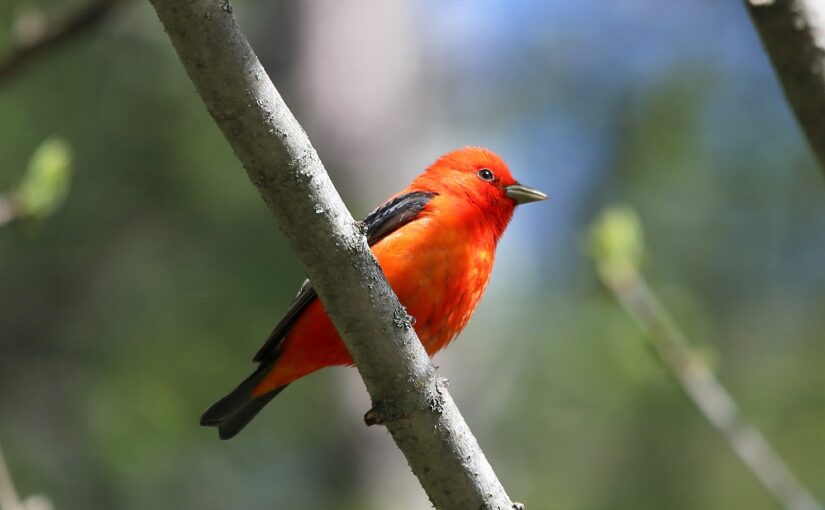In today’s post, Ontario Parks Northeast Zone Ecologist Anna Sheppard is asking for your helping hands (actually, eyes. And ears.)
Planning to visit any of these northwestern parks this summer?
- Aaron Provincial Park
- Blue Lake Provincial Park
- Lake Superior Provincial Park
- Neys Provincial Park
- Silver Falls Provincial Park
- Woodland Caribou Provincial Park
If so, and you’re a fan of birds, then I have a favour to ask!
These parks are especially important to the Ontario Breeding Bird Atlas, and the atlas needs your help.
What is the atlas?
It’s a five year project aiming to map the distribution and abundance of the 300 species of breeding birds in Ontario.
This is the third atlas in 40 years, so the project also looks at population changes over time.
The province is divided into 10 km by 10 km squares to organize and prioritize birding efforts, and in southern Ontario, bird data is being collected in every one of those squares.

The north, however, is really big and many places are hard to get to.
Full survey coverage won’t be possible, so certain squares are prioritized, and some of those squares happen to overlap our provincial parks.
Keep your eyes and ears open!
Give back to the parks you love by submitting to the atlas a list of the birds you see or hear singing at the park.
Your records will help us understand what bird species call the parks home during the nesting season, how bird populations are changing over time, and which habitats are most important and need protection.
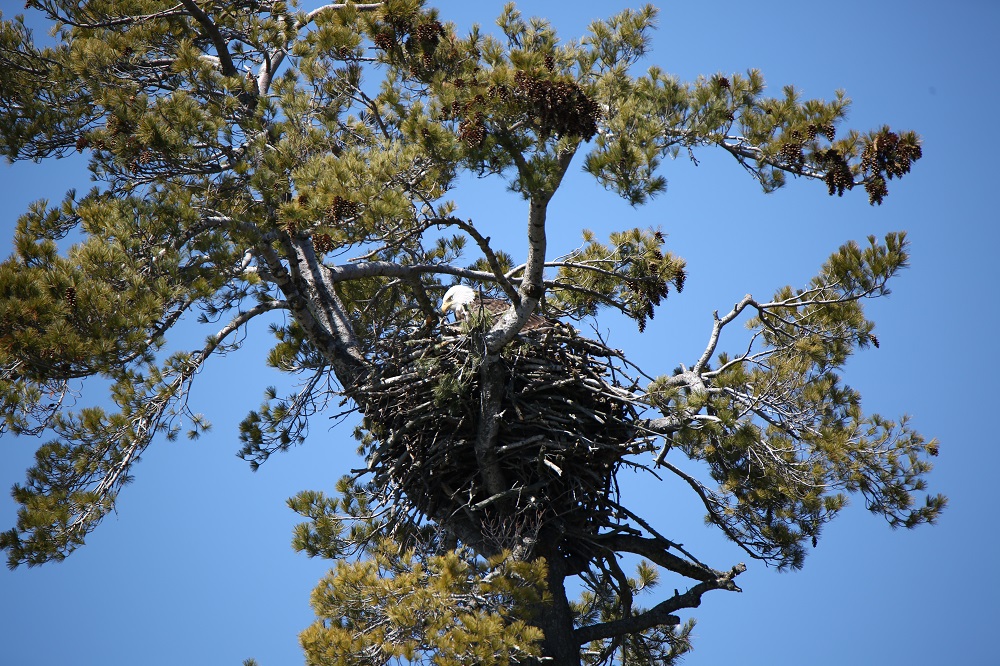
New birder? No problem! You don’t have to be an expert at identifying birds to participate.
Contribute just the ones you are able to identify, and try tools like the Merlin App to help you with identification.
I always tell people to start watching, listening, and learning early in the season; starting early and slowly means you’ll learn plenty without getting overwhelmed.
Should I submit everything I see and hear?
Yes!
Whether it’s observing gulls and terns as you walk the beach, seeing a chickadee or Blue Jay while hiking a trail in the boreal forest, or hearing an owl or Whip-poor-will call at night, what you see and hear is worth submitting to the atlas.
And if you see a bird carrying nest material, building or sitting on a nest, or feeding its chicks, that’s atlas gold!

Reminder: keep a respectful distance from all wildlife in protected areas, especially any animals with their young.
If you have a photo of a bird, you need help IDing, submit it to iNaturalist!
Here’s how to atlas
To join the atlas, sign up here.
From your preferred App Store, download the “Nature Counts” app to your phone to collect data (if you already use eBird, it’s easy to automatically share Nature Counts data with your eBird account).
The Nature Counts App works much like the eBird App, except that it asks you for a few more details about breeding evidence.
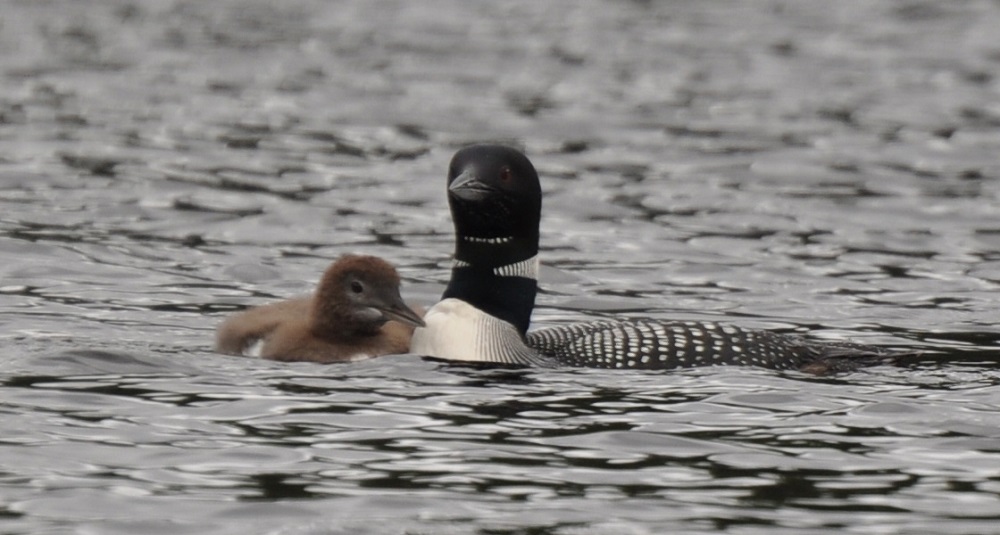
While visiting protected areas, you can contribute your bird observations to the atlas at any time during the breeding season — in the north that’s generally from mid-May to mid-July, though dates vary by bird species.
Be sure to do your atlassing on trails, in campgrounds, and any other established area.
When you start your list, Nature Counts automatically assigns your data to the Atlas square you’re in. You can contribute as many observations as you like over as many hours as you like — it’s up to you!
The square needs 20 hours to be adequately covered, and each square should have about 80-100 species in it.
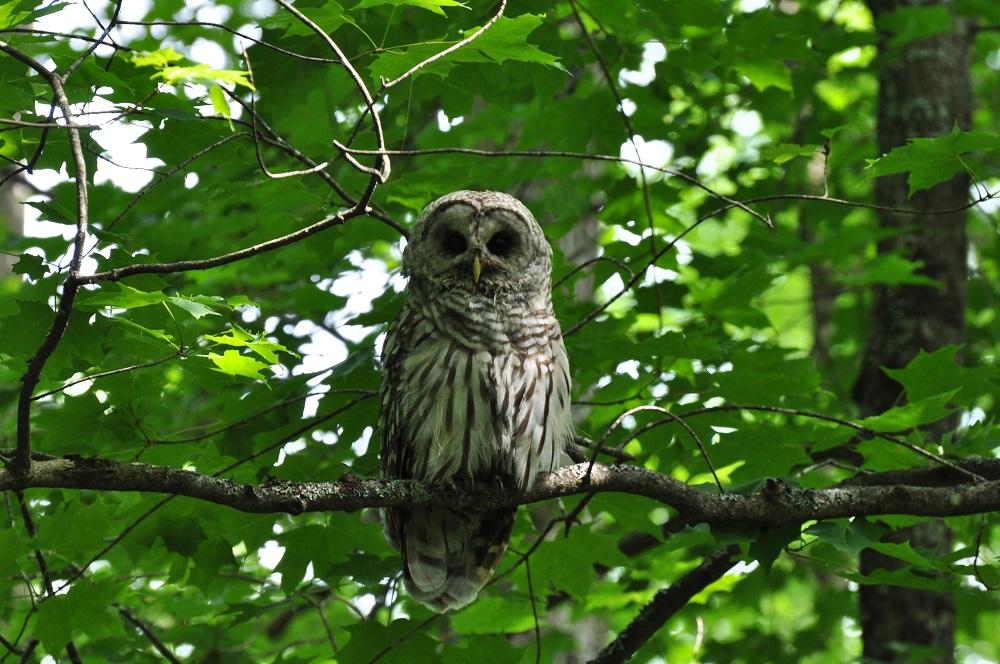
If you’re already a skilled birder, you can also contribute by conducting point counts. Point count surveys are a standardized way of measuring the relative abundance of each species across the province — i.e. where the birds are most often found.
Each square needs twenty-five five-minute counts at pre-determined locations (stations) mostly along roads. Birders record every bird seen or heard during the five-minute period.
Sign up today!
I hope you’ll find the atlas both interesting and rewarding.
It feels good to be part of a big project and it might even be the start of a life-long interest in birds and bird conservation — it’s what got me hooked on birding twenty years ago!
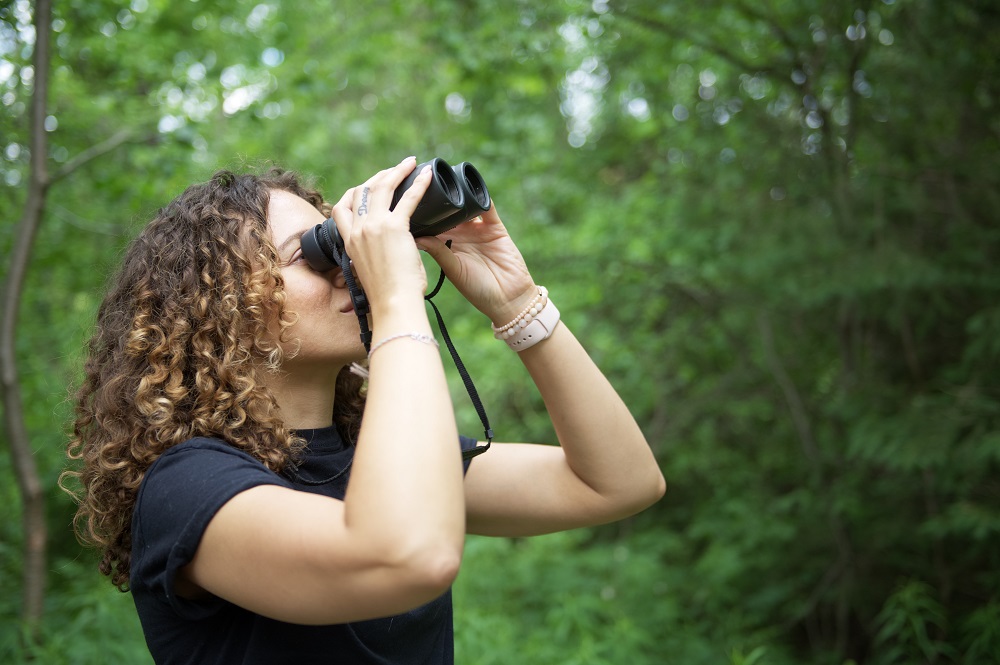
If you’re already an avid birder but haven’t signed up for a square, I hope you’re now convinced!
For more information about the atlas, check out the FAQ here or the story map here.
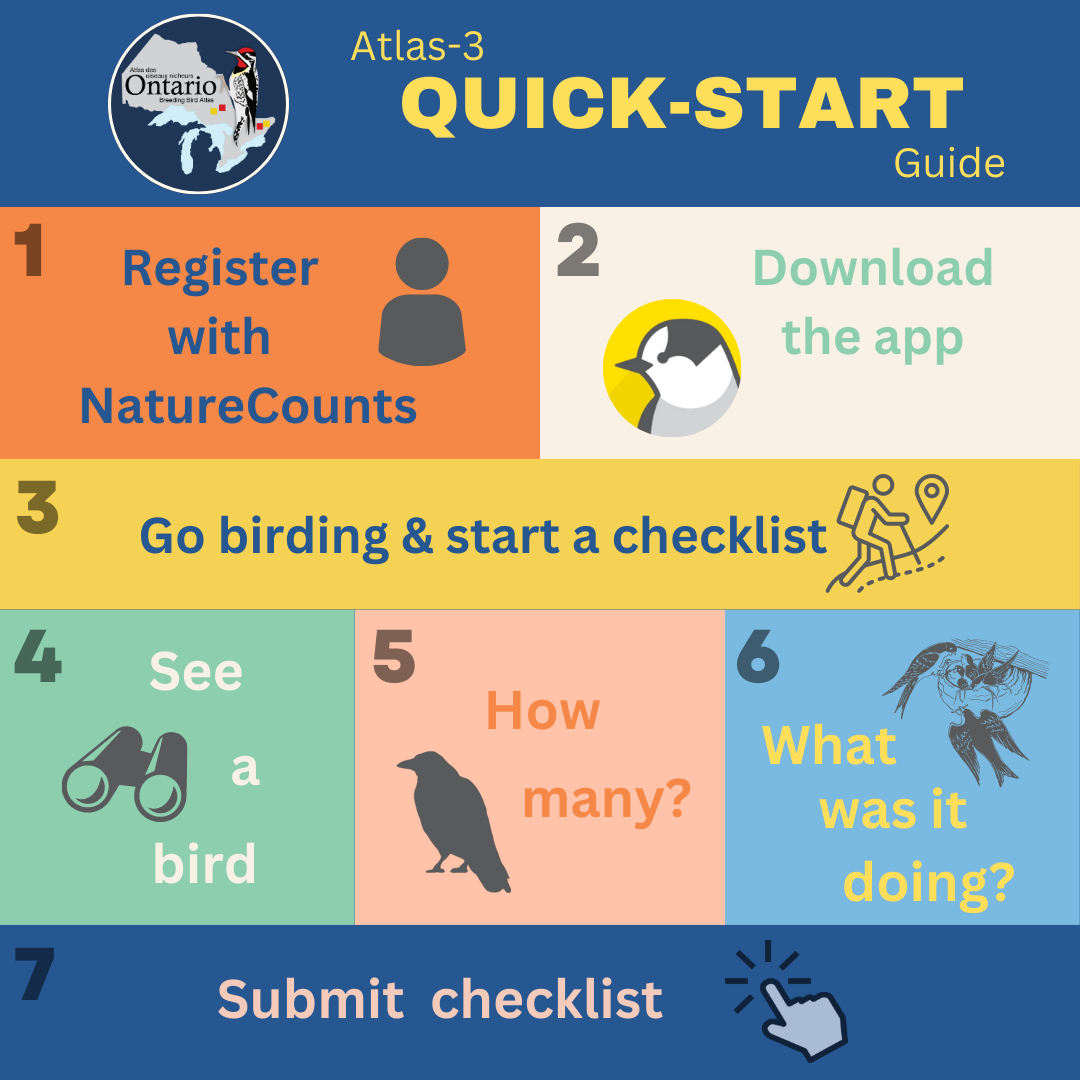
For more information about atlassing anywhere in Ontario, reach out to the corresponding atlas regional coordinator.
Here is the list of parks in northwestern Ontario with atlas squares that need help:
- Aaron Provincial Park: 15UWR21
- Blue Lake Provincial Park: 15UVR62
- Lake Superior Provincial Park: 16TFT74, 16TFT84, 16TFT67, 16TFT69
- Neys Provincial Park: Squares 16UEV30, 16UEV20
- Silver Falls Provincial Park: Square 16TCU19
For remote backcountry atlassing:
- Woodland Caribou Provincial Park: 15UUS76, 15UUS75, 15UUS74, 15UUS94, 15UVS04, 15UVS05, 15UVS15, 15UVS14
Learn more about birding and atlassing in provincial parks:
